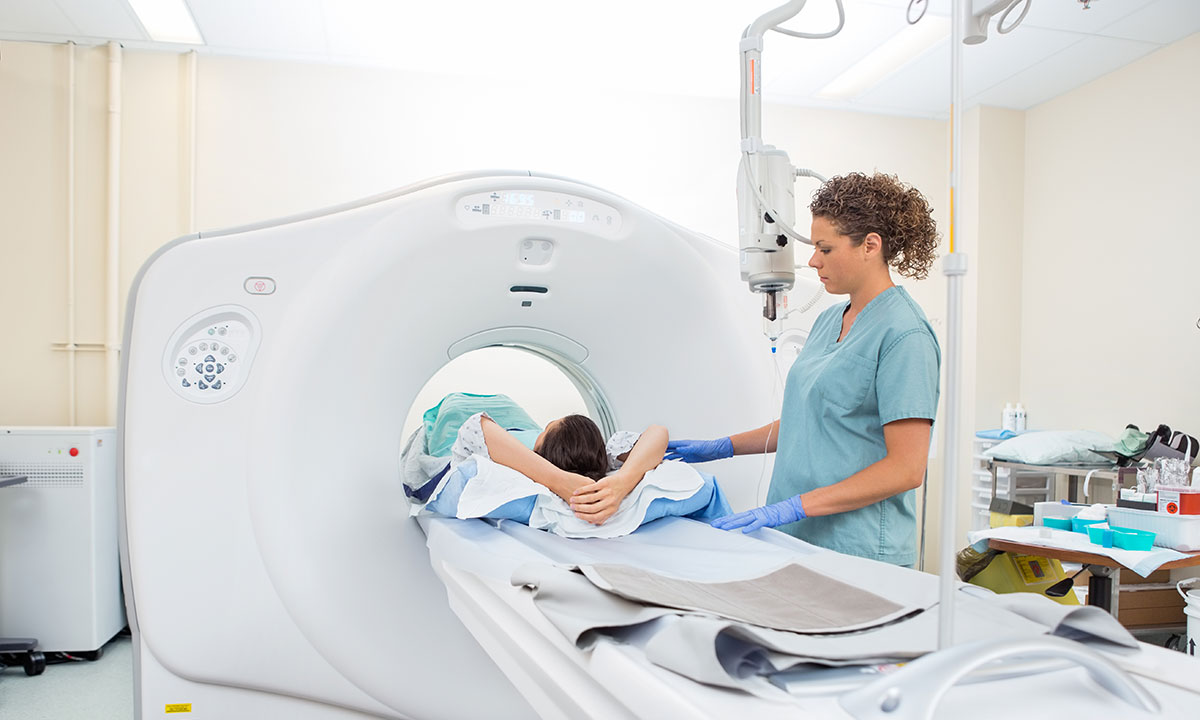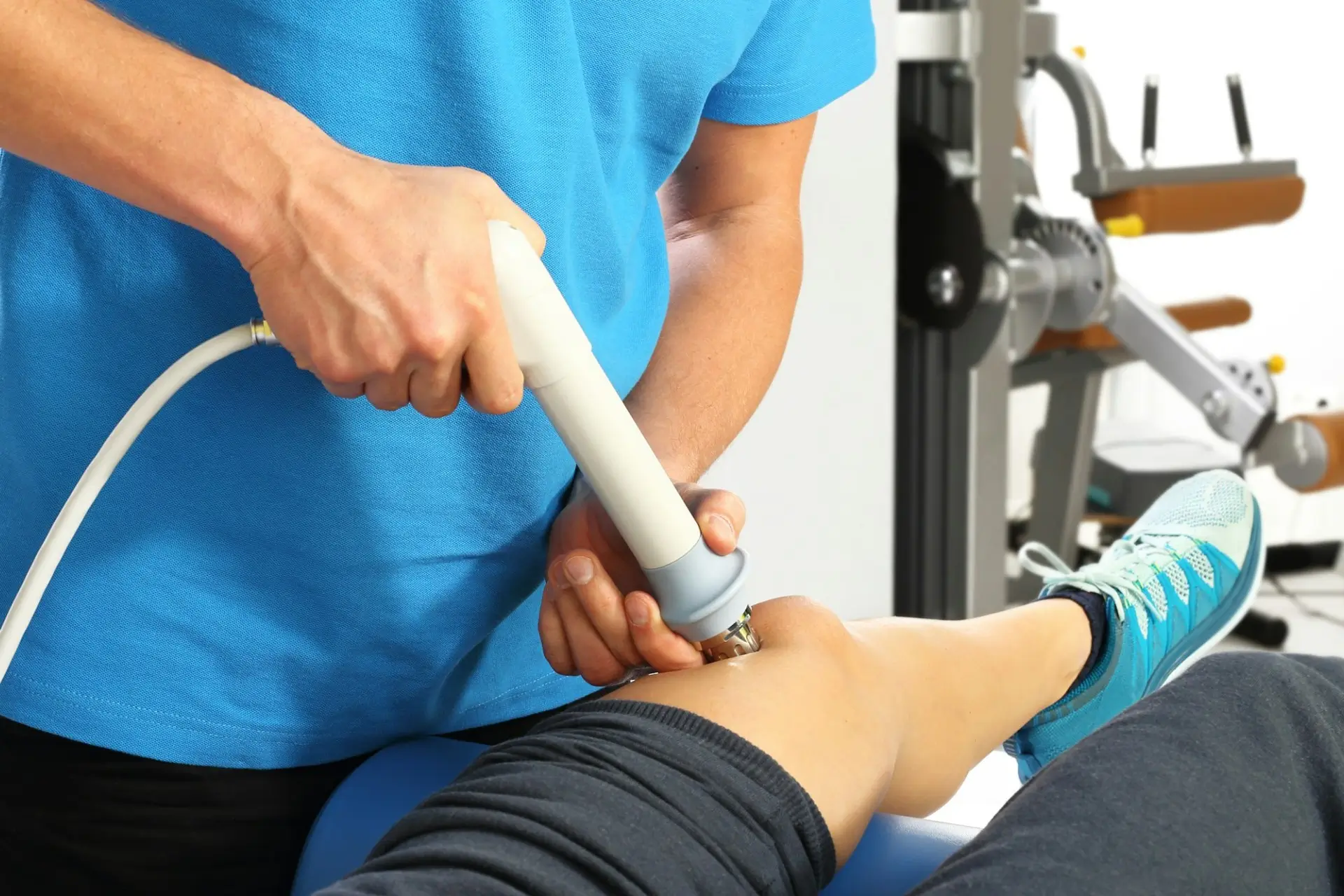Sports Medicine Said to Overuse M.R.I.’s

Dr. James Andrews, a widely known sports medicine orthopedist in Gulf Breeze, Fla., wanted to test his suspicion that M.R.I.’s, the scans given to almost every injured athlete or casual exerciser, might be a bit misleading. So he scanned the shoulders of 31 perfectly healthy professional baseball pitchers.
The Athlete’s Pain
The pitchers were not injured and had no pain. But the M.R.I.’s found abnormal shoulder cartilage in 90 percent of them and abnormal rotator cuff tendons in 87 percent. “If you want an excuse to operate on a pitcher’s throwing shoulder, just get an M.R.I.,” Dr. Andrews says.
He and other eminent sports medicine specialists are taking a stand against what they see as the vast overuse of magnetic resonance imaging in their specialty.
Sports Medicine
M.R.I.’s can be invaluable in certain situations — finding serious problems like tumors or helping distinguish between competing diagnoses that fit a patient’s history and symptoms. They also can make money for doctors who own their own machines. And they can please sports medicine patients, who often expect a scan.
But scans are easily misinterpreted and can result in misdiagnoses leading to unnecessary or even harmful treatments.
For example, said Dr. Bruce Sangeorzan, professor and vice chairman of the department of orthopedics and sports medicine at the University of Washington, if a healthy, uninjured person goes out for a run, a scan afterward will show fluid in the knee bone. It is inconsequential. But in an injured person, fluid can be a sign of a bone that is stressed or even has a crack and is trying to heal.
“An M.R.I. is unlike any other imaging tool we use,” Dr. Sangeorzan said. “It is a very sensitive tool, but it is not very specific. That’s the problem.” And scans almost always find something abnormal, although most abnormalities are of no consequence.
“It is very rare for an M.R.I. to come back with the words ‘normal study,’ “ said Dr. Christopher DiGiovanni, a professor of orthopedics and a sports medicine specialist at Brown University. “I can’t tell you the last time I’ve seen it.”
Overuse of Scans
In sports medicine, where injuries are typically torn muscles or tendons or narrow cracks in bones, specialists like Dr. Andrews and Dr. DiGiovanni say M.R.I.’s often are not needed — they usually can figure out what is wrong with just a careful medical history, a physical exam and, sometimes, a simple X-ray.
M.R.I.’s are not the only scans that are overused in medicine but, in sports medicine, where many injuries involve soft tissues like muscles and tendons, they rise to the fore.
In fact, one prominent orthopedist, Dr. Sigvard T. Hansen, Jr., a professor of orthopedics and sports medicine at the University of Washington, says he pretty much spurns such scans altogether because they so rarely provide useful information about the patients he sees — those with injuries to the foot and ankle.
“I see 300 or 400 new patients a year,” Dr. Hansen says. “Out of them, there might be one that has something confusing and might need a scan.”
The price, which medical facilities are reluctant to reveal, depends on where the scan is done and what is being scanned. One academic medical center charges $1,721 for an M.R.I. of the knee to look for a torn ligament. The doctor who interprets the scan gets $244. Doctors who own their own M.R.I. machines — and many do — can pocket both fees. Insurers pay less than the charges — an average of $150 to the doctor and $960 to the facility.
Sports Injuries
Steve Ganobcik is something of a poster child for what can go wrong with the scans. A salesman who turns 44 on Saturday, Mr. Ganobcik twisted his knee skiing in Colorado in February. He continued skiing anyway and skied again the next two days as well, not wanting to cut his vacation short.
When he got home to Cleveland, his knee still bothered him, so he saw a sports medicine orthopedist. The doctor immediately ordered an M.R.I. and said it showed a torn anterior cruciate ligament, or A.C.L. It is one of the most common — and most devastating — sports injuries. The standard treatment is surgery, with a difficult recuperation lasting six months to a year.
Mr. Ganobcik looked into surgical techniques and decided he wanted a different one than the one his doctor offered. So he saw another sports medicine orthopedist who, agreeing that Mr. Ganobcik’s ligament was torn, scheduled the operation.
Meanwhile, Mr. Ganobcik heard that Dr. Freddie H. Fu, chairman of the division of sports medicine at the University of Pittsburgh, had what might be an even better technique, so he went to see him.
To Mr. Ganobcik’s surprise, Dr. Fu told him his ligament was not torn after all. His pain was from a fracture in a long bone in the lower leg that the other doctors had also noticed was broken. An M.R.I. at the University of Pittsburgh confirmed it, showing a perfectly normal A.C.L. (Dr. Fu adds that Mr. Ganobcik’s original scans had an image that was ambiguous. He wanted a better one, to see if Mr. Ganobcik’s ligament had been partly torn and was healing or had never been torn at all. He would not need surgery with a partial tear, but he would need more careful recuperation.)
Dr. Fu’s suspicions were raised by Mr. Ganobcik’s story. He could never have continued skiing with a torn A.C.L. The diagnosis “made no sense,” Dr. Fu said.
And that, Dr. Fu says, illustrates a common problem: relying on an M.R.I. instead of a history and an exam. Dr. Fu’s diagnosis “was a shock,” Mr. Ganobcik said. “I thought he was going to talk about options for surgery.”
M.R.I.’s can be extremely useful in sports medicine, said Dr. Andrew Green, the chief of shoulder and elbow surgery at Brown University. But, he says, there is a fine line between appropriate use and overuse.
That, at least, is what he found in one of the few studies to address the issue. The ideal study would randomly assign patients to have scans or not and then assess their outcomes. Such a study has not been done. Instead, a few researchers asked if scans made a difference for people who happened to have them. They found they did not — at least in two common situations.
Dr. Green and his colleagues reviewed the records of 101 patients who had shoulder painlasting at least six weeks and that had not resulted from trauma, like a fall. Forty-three arrived bearing M.R.I.’s from a doctor who had seen them previously. The others did not have scans. In all cases, Dr. Green made a diagnosis on the basis of a physical exam, a history, and regular X-rays.
A year later, Dr. Green re-assessed the patients. There was no difference in the outcome of the treatment of the two groups of patients despite his knowledge of the findings on the scans. M.R.I.’s, he said, are not needed for the initial evaluation and treatment of many whose shoulder pain does not result from an actual injury to the shoulder.
Dr. DiGiovanni did a similar study with foot and ankle patients, looking back at 221 consecutive patients over a three-month period, 201 of whom did not have fractures. More than 15 percent arrived with M.R.I.’s obtained by doctors they had seen before coming to Dr. DiGiovanni. Nearly 90 percent of those scans were unnecessary and half had interpretations that either made no difference to the patient’s diagnosis or were at odds with the diagnosis.
“Patients often feel like they are getting better care if people are ordering fancy tests, and there are some patients who come in demanding an M.R.I. — that’s part of the problem,” he said.
Some doctors might also feel they are providing better care if they order the scans, Dr. DiGiovanni said, and doctors often feel that they risk malpractice charges if they fail to scan a patient and then miss a diagnosis.
Dr. Hansen teaches his fellows — doctors in training — to be careful with scans and explains the risks of making the wrong diagnosis if they order them unnecessarily. He also knows it is not easy to refrain from ordering an M.R.I.
It’s different for him, Dr. Hansen says. He is so eminent that patients tend not to question him.
“When I say ‘You don’t need a scan,’ then it’s over,” Dr. Hansen said. His fellows get a different response. Patients, he says, “look at them like, ‘You don’t know what you’re doing.’“


